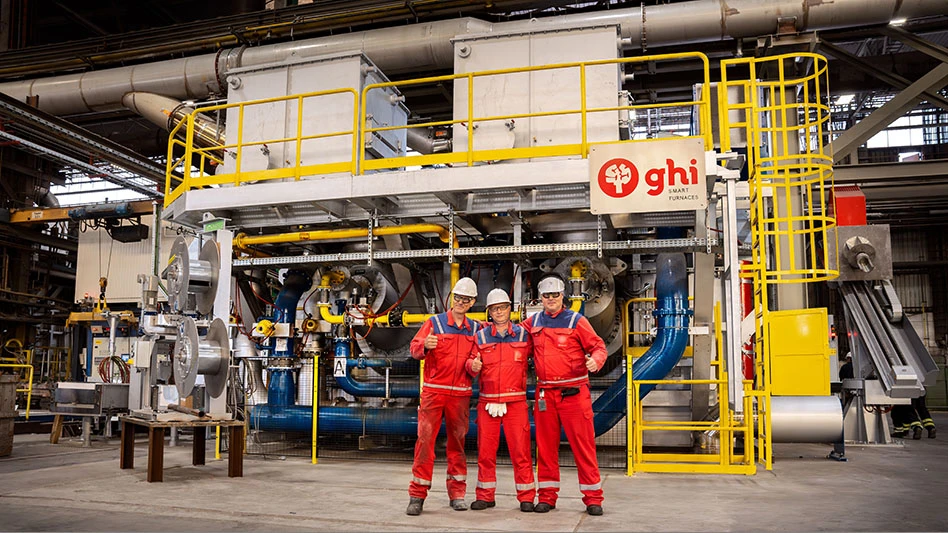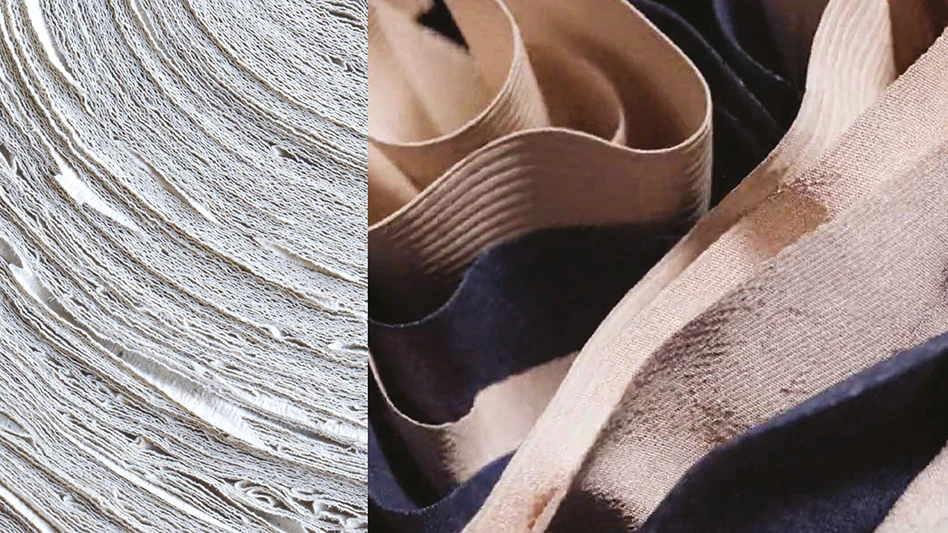
Graphic provided by Jaguar Land Rover.
Global vehicle producer Jaguar Land Rover (JLR) is conducting research in the United Kingdom on how to best use aluminum scrap culled from household appliances and end-of-life vehicles (ELVs) for use in future JLR models, thus reducing the company’s CO2 emissions output by up to 26 percent.
The company says research tied to its REALITY aluminum project already has “revealed how an innovative recycling process” could help it reach its goal.
JLR describes the REALITY aluminum project as “a key part of Jaguar Land Rover’s Destination Zero mission to reduce carbon emissions and its ambition to make societies safer and environments cleaner through relentless innovation.”
The firm says its engineers have been able to use aluminum scrap and mix it with a lower amount of primary aluminum “to form a new and tested prototype alloy, comparable to the existing Jaguar Land Rover grade and quality.”
Recycled-content aluminum alloys are routinely used in cast aluminum engine parts production around the world. In 2014, the Jaguar XE used aluminum alloy grade RC5754, which contains up to 75 percent recycled aluminum, for its body panels. The company says those XE body structures were made with recycled aluminum content “made possible by a closed-loop manufacturing system at our U.K. and Slovakia facilities.”
In 2018, JLR reached an agreement with Novelis for that aluminum producer to supply recycled-content metal for its Advanz electric vehicle (EV).
The 2 million pound ($2.65 million) JLR REALITY project, which was co-funded by Innovate UK and is in partnership with Brunel University of London, is helping Jaguar Land Rover extend its aluminum closed-loop and recycling initiatives as part of Destination Zero. JLR says between September 2013 and March 2020, approximately 360,000 metric tons of closed-loop scrap have been processed back into the brand’s “lightweight aluminum-intensive architecture, across all vehicle lines, including the Jaguar XE.”
“As we move into an autonomous, connected and electrified future, with the potential of shared fleets being decommissioned en masse, it could allow Jaguar Land Rover to engineer this closed-loop recycling alloy into tight production schedules to further improve efficiency and environmental benefits,” says Gaëlle Guillaume, the lead project manager for REALITY at JLR.
Latest from Recycling Today
- ReElement, Posco partner to develop rare earth, magnet supply chain
- Comau to take part in EU’s Reinforce project
- Sustainable packaging: How do we get there?
- ReMA accepts Lifetime Achievement nominations
- ExxonMobil will add to chemical recycling capacity
- ESAB unveils new cutting torch models
- Celsa UK assets sold to Czech investment fund
- EPA releases ‘National Strategy to Prevent Plastic Pollution’





